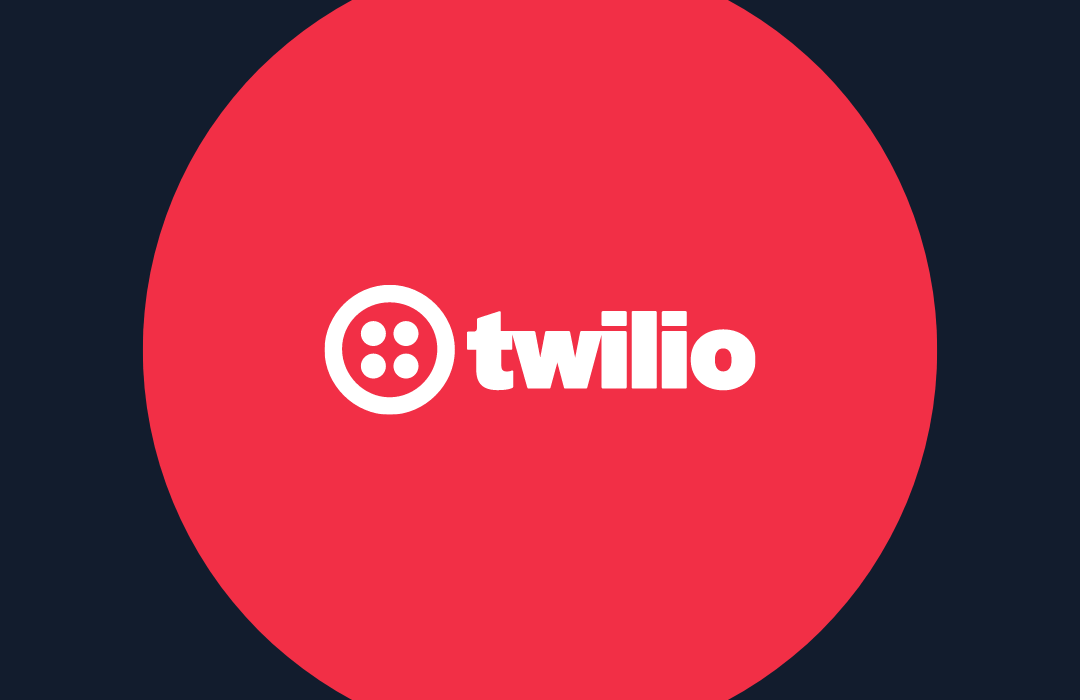Love to talk: three ways voice can boost loyalty
Time to read: 3 minutes

Customer expectations are constantly shifting, as global events, social changes and technological advancements influences their preferences. Businesses are under increasing pressure to satisfy their customers’ changing needs, knowing that they are happy to shop around if their expectations aren’t met.
It’s now crucial businesses understand the factors that influence their customers the most to build their trust and improve long-term loyalty. Today, more and more consumers want to contact brands on their preferred online platforms, from live chat and voice to email and social media. Exceptional customer service now means providing a true omnichannel digital experience.
While taken for granted in the modern age, integrating voice intelligence can be a business’ greatest asset, full of valuable data and insights that enable better customer service, relationships and retention.
Cut down response times
According to research by HubSpot, 82% of consumers expect responses within just ten minutes. A modern interactive voice response, or IVR, can automate self-service tasks using virtual agents, enabling customers to find answers – and fast.
Modern IVRs can do more than say “press one”. IVRs combined with text-to-speech (TTS) technology allow customers to make a purchase or schedule an appointment virtually over the phone. Today, outbound IVR systems can send bill notifications, reminders, and retail order updates – all without involving a live agent.
Leveraging IVR for simpler tasks can help reduce caller frustration, while simultaneously freeing live agents to handle specialized issues. This way, it becomes a powerful tool for customer engagement and satisfaction.
Website building platform, Wix, took customer experience into their own hands and built a Twilio-powered call centre to scale their phone support for their growing customer base. This allowed them to gather valuable data, including average wait times and call abandonment rates.
With this information, the team created a call scheduler which lets customers arrange their own calls and supports management to control the flow of support calls intelligently. Within months, Wix doubled their capacity for scheduled support calls without hiring new staff, reducing their call handle time by 30%.
Deliver personalized service
Voice intelligence can transcribe and analyze call recordings at scale to help inform future interactions and improve your end customer experience. From detecting key words and phrases to categorizing calls, it spots valuable trends that can help create a bespoke service.
Does your customer decline a follow up call? Do they object to an interest rate or mention a competitor? Have they asked to escalate a specific issue?
In this way, unstructured conversations are transformed into actionable data insights highlighting what customers really want – and what will keep them coming back.
Twilio’s flexible communications platform gave Marks & Spencer an agile solution to modernize their contact centre. The team designed a prototype to automate the company’s existing switchboard, using Twilio Programmable Voice and Twilio Speech Recognition APIS.
The new communication solution allows Marks & Spencer’s switchboard to convert customer speech into text in real time, determine customer intent and then route their one million inbound monthly telephone calls appropriately, at a 90% accuracy rate.
Employ seamless CX
Ultimately, it’s what every customer wants and what every business strives to deliver. When you embed voice intelligence directly into your applications, everyone benefits.
Now call centers can automatically route incoming enquiries to the correct representatives or build a call queuing system. Customers can also be greeted in their spoken language, whereas masked calling protects buyers’ and sellers’ personal phone numbers in a transaction.
Whatever the task, you need to tailor your software to your customer needs. This way, you can deliver a smoother experience that they’ll remember and return to.
Cloud-based customer service platform Zendesk uses Twilio’s Advanced Voice features to make sure agents get the customer information they need immediately and programmatically. This includes call data insights, real-time dashboards, and IVR.
From historical call data appearing on screen, to “warm transfers” (which provide relevant information to the new agent so a caller doesn’t have to repeat themselves), these communication tools provide a better, more seamless experience for both customers and agents.
Boost loyalty, boost business
Twilio Voice gives you the tools you need to build bespoke voice experiences that meet and exceed customer expectations. Using our AI solutions, you can spend more time delivering memorable customer experiences, and less time building those experiences from scratch.
Interested in the power of voice?
Check out our product tour or contact our sales team.
Related Posts
Related Resources
Twilio Docs
From APIs to SDKs to sample apps
API reference documentation, SDKs, helper libraries, quickstarts, and tutorials for your language and platform.
Resource Center
The latest ebooks, industry reports, and webinars
Learn from customer engagement experts to improve your own communication.
Ahoy
Twilio's developer community hub
Best practices, code samples, and inspiration to build communications and digital engagement experiences.


